Leadership change in NA61/SHINE
From 1st December 2024, the current spokesperson team of NA61/SHINE - Marek (spokesperson), and Eric Zimmerman (Colorado) and Seweryn Kowalski (Silesia) as deputies - will hand over their roles to a new team. Eric and Seweryn will become spokespersons, with Kasia Grebieszkow (Warsaw) and Yoshikazu Nagai (Budapest) serving as deputies. Congratulations and best wishes to the new team!
After nearly 20 years of running NA61/SHINE, I would like to express my heartfelt gratitude to my colleagues and friends from NA61/SHINE, CERN, and the SPSC. It has been a privilege to work with you. Thanks to your excellence and commitment, we have uncovered previously unknown properties of strong interactions and performed critical measurements for neutrino and cosmic ray physics.
This year’s data-taking was particularly eventful and highly successful. Thanks to the outstanding operation of the machines and the detector, we recorded:
- The first data with the LBNF DUNE prototype target, impacted by 120 GeV/c protons.
- Unique data on positively and negatively charged pions interacting with carbon nuclei at 158A GeV/c, contributing to the pioneering study of charge symmetry breaking and cosmic ray physics.
- A new dataset on open charm production in Pb+Pb collisions at 150A GeV/c.
- An impressive dataset on nuclear-fragmentation cross-sections using a secondary beam of light nuclei, ranging from lithium to phosphorus, at 13.5A GeV/c, for cosmic ray studies.
The future is bright. After completing the Run 3 physics programme in 2025 and 2026, we aim to upgrade the detector during LS3, significantly enhancing NA61/SHINE’s physics capabilities. This will enable the first charm-correlation measurements in collisions with a single c-cbar pair created per collision. This will allow a unique test of the charm creation locality. We also plan to continue mapping the diagram of high-energy nuclear collisions with light ions, aiming to precisely locate the onset of the QGP fireball. This discovery was made based on data from the first 2D scan of the mass of colliding nuclei and collision energy. Simultaneously, we will conduct essential measurements for key neutrino experiments in Japan and the United States, potentially extending them by using very low-momentum hadron beams from a proposed branch of the H2 beamline.
I am delighted to pass on the leadership of the collaboration to my younger colleagues during this SHINing period of the NA61/SHINE journey.
Lastly, I am deeply grateful to my colleagues from NA61/SHINE for the fantastic gift—a 3D image of a Be (secondary ion beam) + Be collision at 75A GeV/c, recorded by the NA61/SHINE TPCs. This image commemorates the 2D scan of nuclear mass and collision energy, depicted in a small 2D plot in the upper left corner of the image. I am attaching a photo of the gift to this email. Thank you so much!
Marek Gaździcki,
Spokesperson of the NA61/SHINE experiment in years 2007 - 2024
